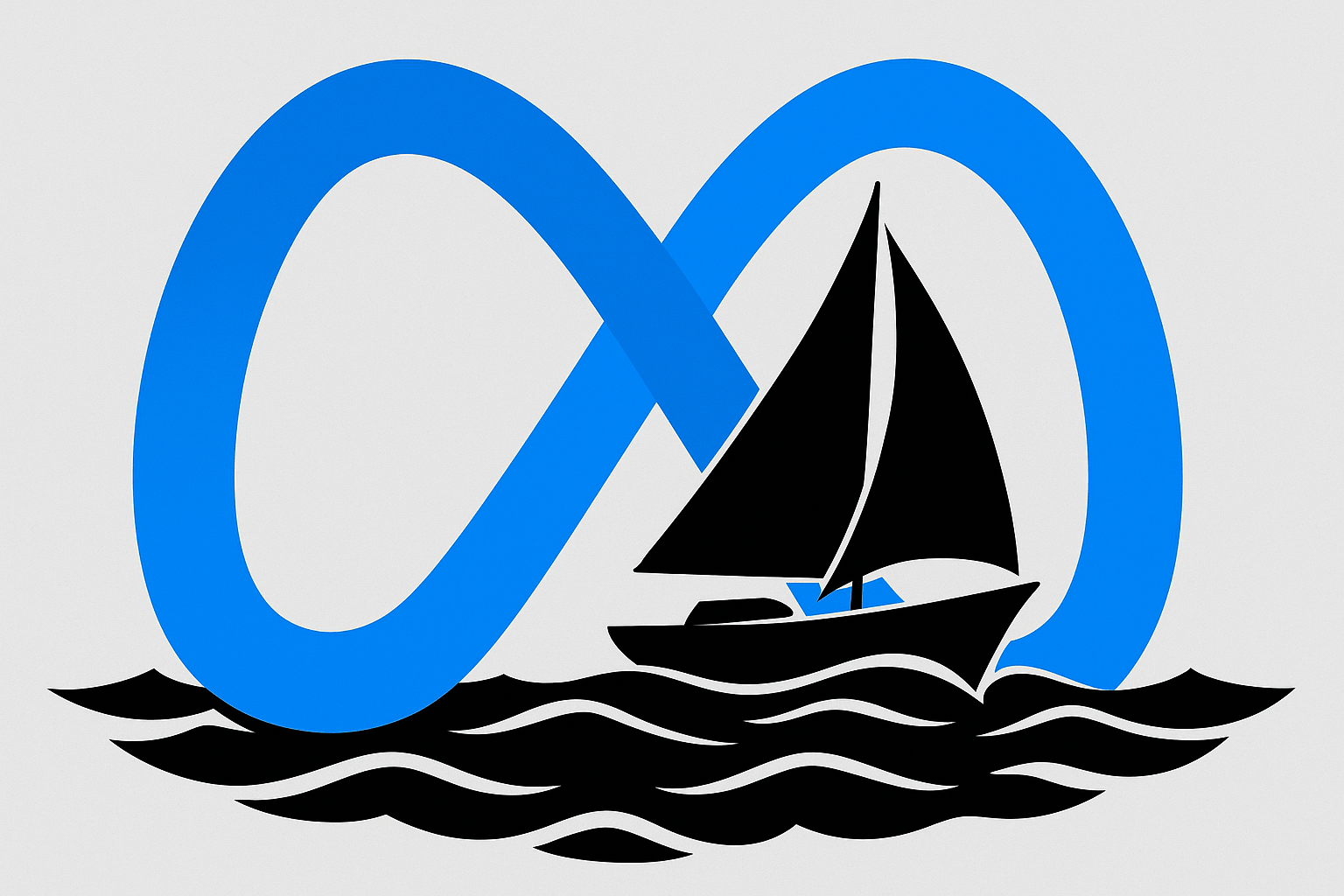Meta has taken a decisive step by entering into a Meta Midjourney Partnership that brings together its vast platform reach with Midjourney’s celebrated aesthetic image and video generation technology. This move is more than a technical licensing agreement; it is a clear signal that Meta is pivoting from building primarily in-house to embracing collaborative innovation across AI.
Why the Meta Midjourney Partnership Is a Turning Point
Meta has historically focused on building AI tools from the ground up. Tools like Imagine for image generation and Movie Gen for video generation have been central to its strategy. However, those models struggled to match the fluid style and visual finesse offered by rivals like OpenAI’s Sora and Google’s Veo 3. Through the Meta Midjourney Partnership, Meta is acknowledging that capturing aesthetic sophistication at scale may require more than internal development alone.
This strategic collaboration joins forces between Meta’s newly redrawn AI unit—Meta Superintelligence Labs—and Midjourney’s independent research team. Meta’s Chief AI Officer, Alexandr Wang, emphasized that this collaboration is part of Meta’s “all-of-the-above” AI approach—blending top-tier talent, massive compute resources, and partnerships like this one to deliver compelling creative tools.
Midjourney remains fiercely independent. Founded in 2021 by David Holz, it continues to be a self-funded, community-supported research lab. Despite increasing interest from larger players, it maintains autonomy, while still providing the creative engine for billions of Meta users through this new alliance.
What This Partnership Means for AI and User Experience
One of the earliest impacts of the Meta Midjourney Partnership may be the enhanced visual content that surfaces across platforms like Facebook, Instagram, WhatsApp, and the Meta AI app. Meta plans to integrate multimedia AI generation capabilities powered by Midjourney’s aesthetic models directly into its social feed, making creative content more accessible to users and advertisers alike.
For users, this means seamless on-the-fly art generation—turning plain text prompts into richly detailed visuals. For content creators, it offers a powerful toolkit that blurs the line between imagination and creation. By enabling this widespread creative potential, the Meta Midjourney Partnership may redefine how billions of users engage with social media—making AI-generated artwork as natural as sharing a photo.
Strategic Context: Competition, Restructuring, and AI Reinvention
This partnership comes at a critical juncture for Meta. Competitive pressure from Google and OpenAI is intense, and Meta’s previous AI tools lacked a compelling visual edge. The licensing arrangement is part of a broader strategy as CEO Mark Zuckerberg pours resources into AI culture at the company—including the ongoing internal restructuring of its AI divisions under Met a Superintelligence Labs.
Meta has also invested heavily in acquiring AI capabilities through its investment in Scale AI, its acquisition of Play AI, and aggressive hiring of top-tier AI talent, sometimes with astronomical compensation packages. The Meta Midjourney Partnership is in line with this multi-pronged strategy to regain technological momentum.
Aesthetic AI Meets Scale: Combining Artistry with Infrastructure
Midjourney has earned acclaim for producing evocative, human-like artwork from simple prompts. Under the hood, its models achieve a level of aesthetic nuance that few alternatives can match. By accessing this technology via the Meta Midjourney Partnership, Meta can bring that visual richness to its sprawling user base—potentially rediscovering its edge in digital creativity.
Meta, in turn, brings a powerhouse of compute capacity and content reach to the table. While Midjourney remains committed to independence, its models could soon power a wave of AI-driven creation across consumer and business-facing features—embedding artistry into everyday experiences.
Read More






 Sunday, 30-11-25
Sunday, 30-11-25







